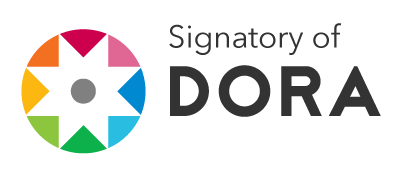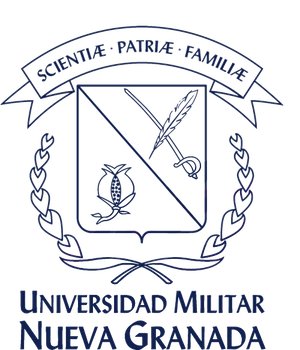Estilos de aprendizaje de los estudiantes apoyados en la práctica del EFL
Resumen
Este artículo resume los diferentes tipos de estilos de aprendizaje así como la manera de identificar y clasificar los estilos de aprendizaje de los estudiantes en un aula de clase de aprendizaje de inglés como idioma extranjero. Esto ofrece un rango de estrategias para hacer nuestro aprendizaje más sensible y gratificante. Hay también algunos estudios de investigación en el campo de estilos de aprendizaje que sugieren que las estrategias de enseñanza deberían coincidir con las preferencias de aprendizaje de los estudiantes con el fin de proveer una variedad de experiencias de aprendizaje a los estudiantes. El artículo termina sugiriendo algunas actividades que involucra a los estudiantes en aprender basado en sus estilos de aprendizaje, lo cual incluye una combinación de trabajo grupal e individual.
Descargas
Referencias bibliográficas
Bain, O. and Cummings, W. (2000). Institutional Barriers to the Career Advancement of Academic Women. Comparative Eduation, 44(4), 493-514.
Brown, H. (2000). Principle of Language Learning and Teaching. San Francisco: Pearson Education, San Francisco State University.
Chapelle, C. A. and Roberts, C. (1986). Ambiguity Tolerance and Field independence as Predictors and Proficiency in English as Second Language. Language Learning, 36, 27-45.
Clark, D. R. (2004). Learning Styles and Preferences. Retrieved september 26, 2010, from http://nwlink. com/~donclark/hrd/ahold/isd.html
Coffield, F., Moseley, D., Hall, E. and Ecclestone, K. (2004). Learning styles and pedagogy in post-16 learning: A systematic and critical review. www.LSRC.ac.uk: Learning and Skills Research Centre. Retrieved January 15, 2008: http://www.lsda.org.uk/files/PDF/1543.pdf
Danesi, M. (1988). Neurological Bimodality and Theories of Language teaching. Studies in Second Lan-guage Acquisition, 10, 13-31.
Elliot, A. Raymond. (1995). Field Independence/dependence, hemispheric specialization, and attitude in relation to pronunciation accuracy in Spanish as a foreign language. Modern Language Journal, 79, 356-371.
Grasha, A. F. (1996) Teaching with Style: A Practical Guide to enhancing Learning by Understanding Teaching and Learning Styles. Pittsburgh: Alliance Publishers.
Harb, J. N., Terry, R.E., Hurt, P.K. and Williamson, K. J. (1995). Teaching Through the Cycle: Applications of Learning Style Theory to Engineering Education at Brigham Young University. Provo: Brigham Young University Press.
Hoffman, S. Q. (1997). Field dependence/independence in Second Language Acquisition and Implica-tions for Educators and Instructional Designers. Foreign Language Annals, 30, 221-234.
Keefe, J. W. (1979). Learning style: An overview. In NASSP’s Student learning styles: Diagnosing and proscribing programs (pp. 1-17). Reston, VA. National Association of Secondary School Principles.
Keefe, J. W. (1979). Student Learning Styles: Diagnosing and Prescribing. Reston: National Association of Secondary School Principals.
Kolb, D. A. (1981). Learning Styles and Disciplinary Differences. In Arthur Chickering and Associats (Ed), The Modern American College (pp. 232-255). San Francisco: Jossey-Bass.
Kolb, D.A. (1984). Experiential Learning: Experience as the Source of Learning and Development. Eglewood Cliffs: Prentice-Hall.
Marzano, R. J. (1998). A theory-based meta-analysis of research on instruction. Aurora: Mid-continent Re-gional Educational Laboratory.
McCarthy, J. P. and Anderson, L. (2000). Active Learning Techniques Versus Traditional Teaching Styles. Two experiments from History and Political Science. Innovative Higher Education, 38(4), 435-454.
Stevick, Earl. (1982). Teaching and Learning Languages: Seven Who Achieved It and What Workrd for Them. New York: Prentice Hall.
Stewart, K. L. and Felicetti, L. A. (1992). Learning styles of marketing majors. Educational Research Quarterly, 15(2), 15-23.
Warren, R. (1997). Engaging Students in Active Learning. About Campus, 2(1), 16-20.











